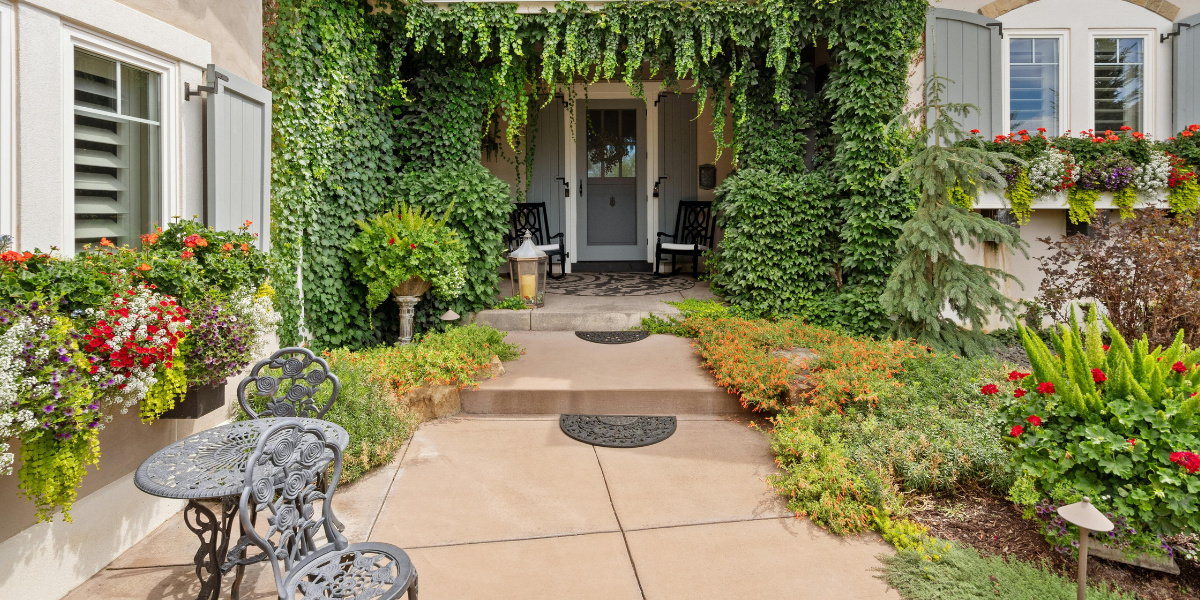
Understanding Smart Home Gardening: How Technology Shapes Modern Cultivation
Home and Garden 🏡 2025-04-29 3 minutes to readIn 2025, the evolution of smart home gardening has significantly altered how we approach cultivating plants both indoors and outdoors. Embracing technology not only simplifies the gardening process but also enhances plant growth and efficiency. This shift comes at a time when sustainability and self-sufficiency are more important than ever, aligning closely with contemporary lifestyle trends that prioritize eco-friendly practices and home-based food production. This guide explores the various technological advancements now available in smart home gardening, offering a closer look at how they are revolutionizing traditional gardening techniques.
When considering integrating smart gardening technologies into your home, it's essential to evaluate several factors to select the most suitable systems fit for your specific needs. The choice often depends on factors such as space availability, type of plants, budget, and intended level of interaction. For instance, hydroponic systems are ideal for those with limited space and can be used indoors, while robotic gardeners might be better suited for large outdoor areas. Tools like automated watering systems and soil sensors can be beneficial for busy gardeners looking for convenience without compromising plant health.
Maintenance and ownership costs for smart garden systems can vary widely based on the complexity and scale of the technology employed. Initial investments might be higher than traditional gardening due to the cost of sensors, controllers, and setups. However, these costs are often offset by the savings in water usage, reduced waste, and sometimes even energy efficiency, particularly with systems that optimize light and nutrient delivery. Ongoing expenses typically include maintenance of parts, updates to software, and possibly energy consumption, depending on the system’s design.
It's also prudent to consider the ease of installation and the learning curve associated with new technologies. For many households, transitioning to a smart gardening system might require initial training or assistance but can eventually lead to a more hands-off approach, maximizing convenience and plant yield.
In conclusion, as we move deeper into 2025, smart home gardening continues to evolve, using technology to enhance the efficiency and effectiveness of both indoor and outdoor gardening. By choosing the right technology tailored to personal needs and understanding the maintenance and cost implications, gardeners can significantly benefit from increased yields, improved plant health, and enhanced convenience. Embrace these advancements to transform your gardening experience, keeping sustainability and efficiency at the forefront of your gardening practices.
